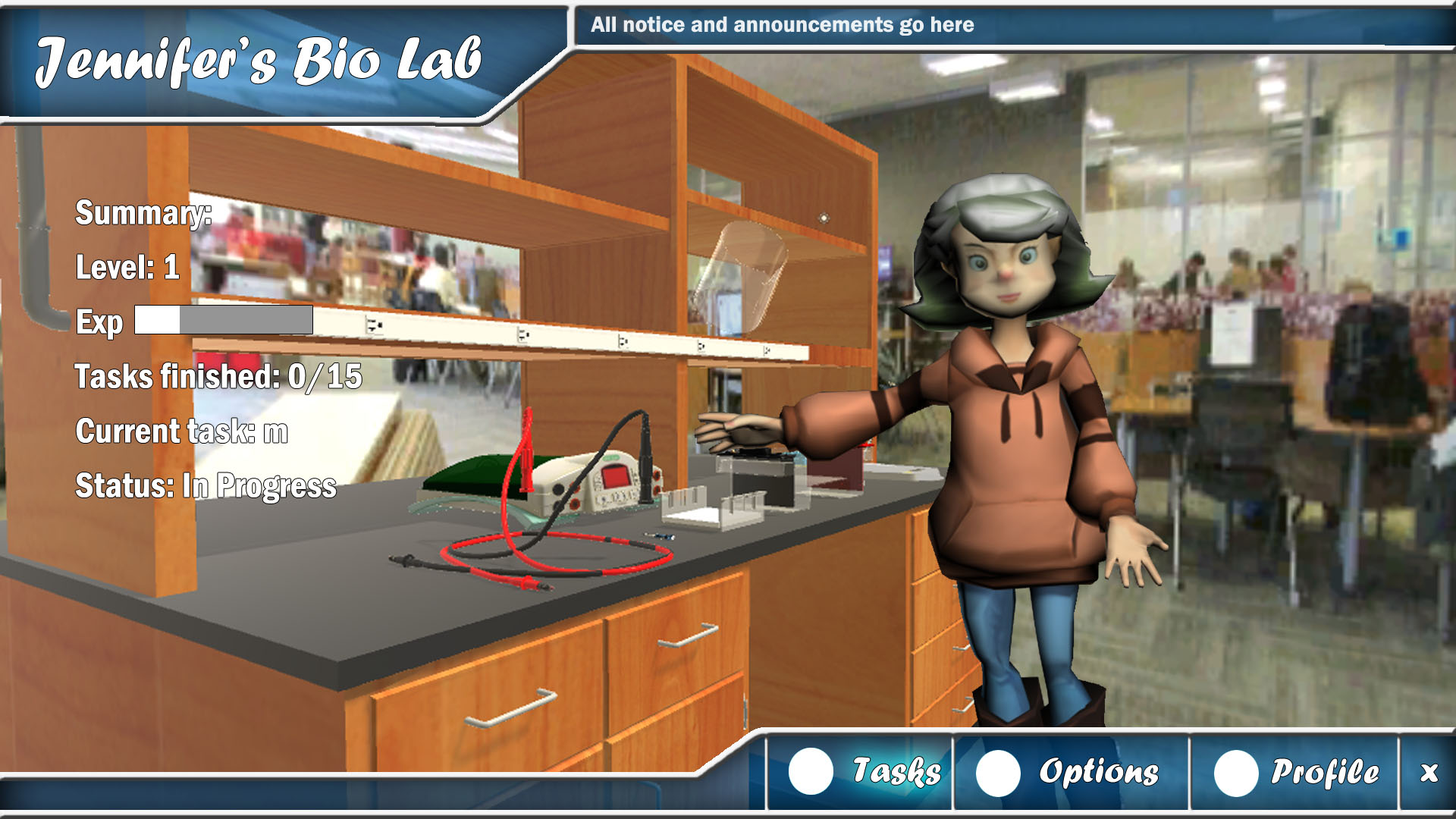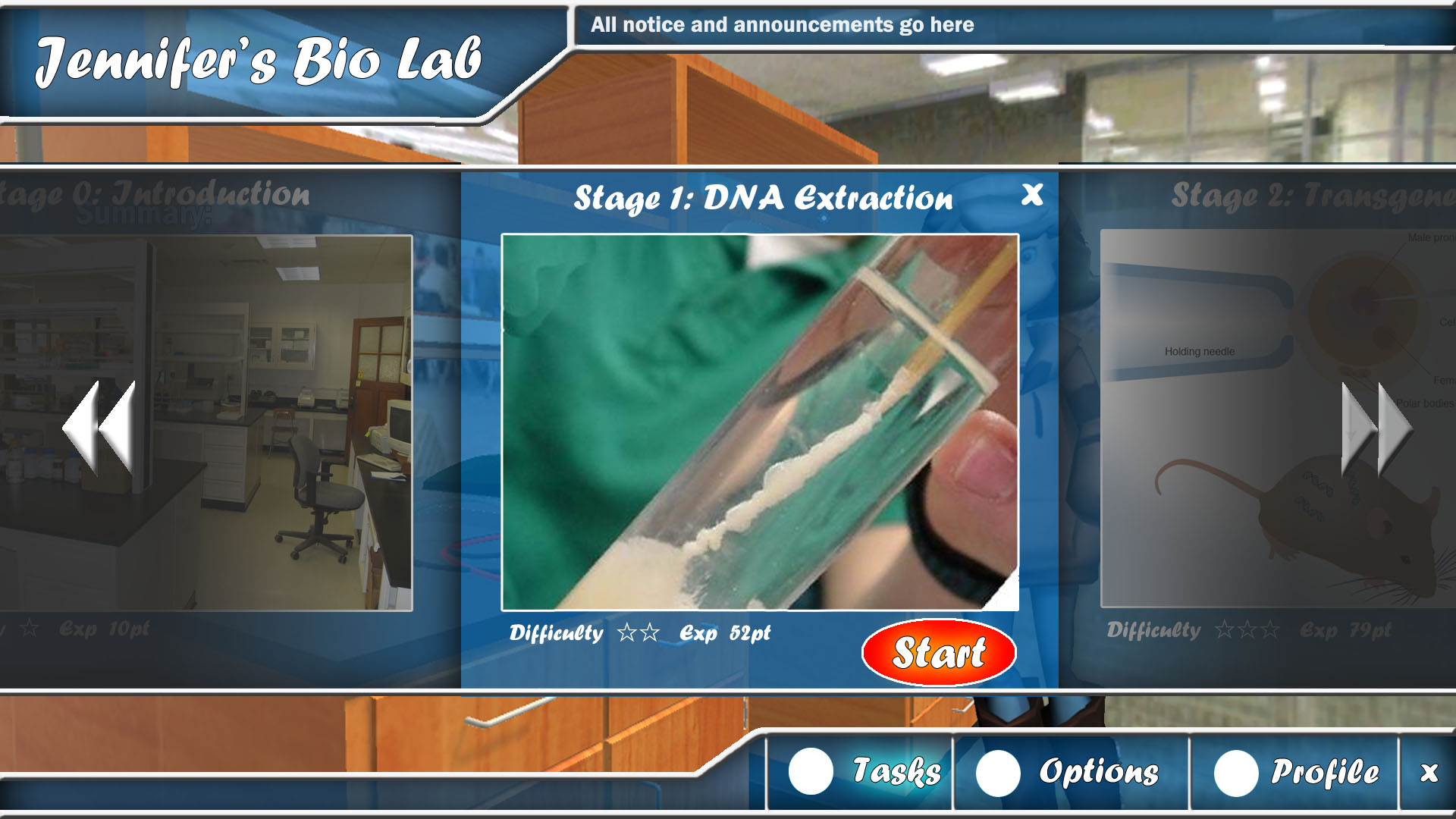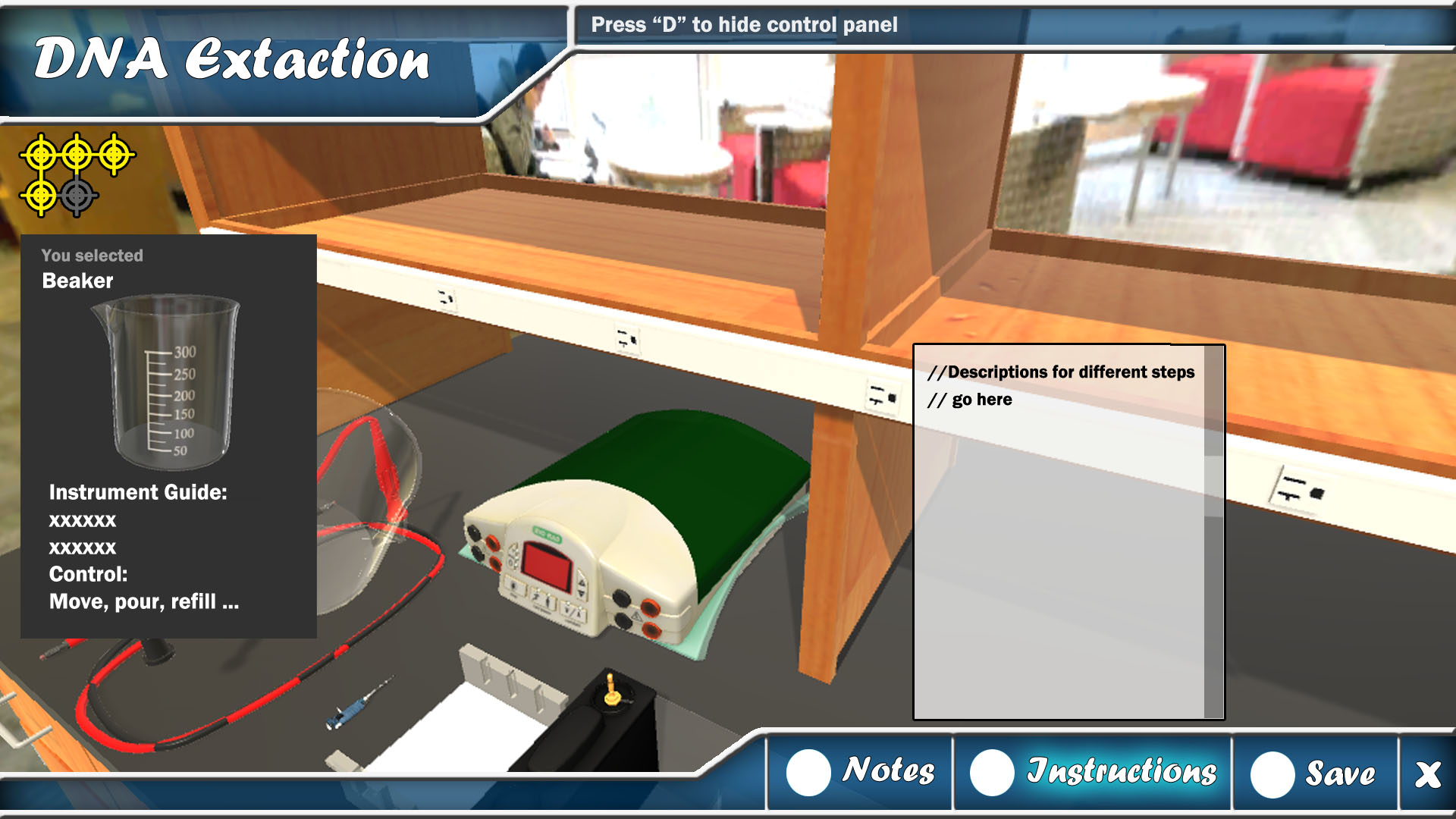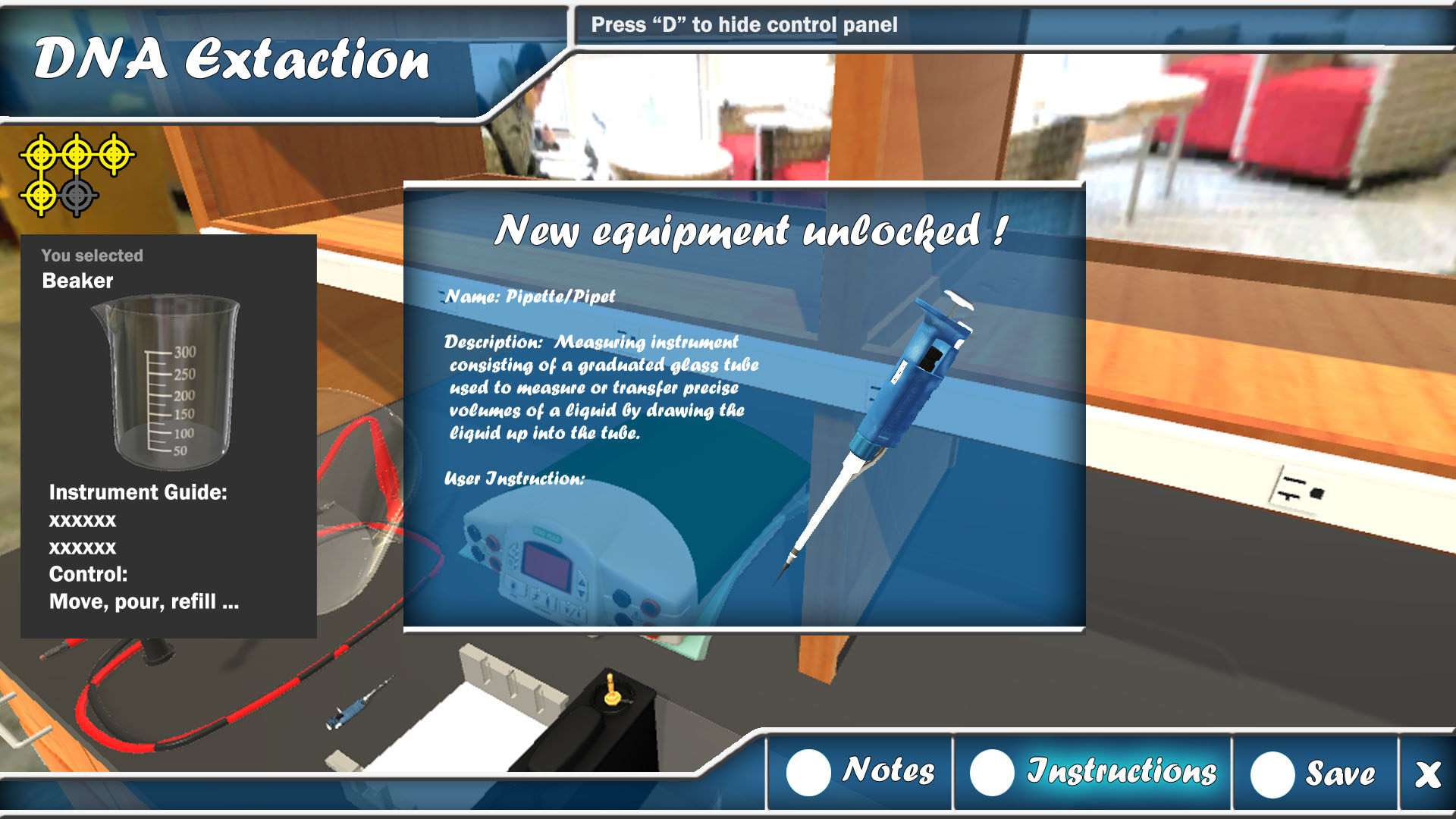RSI is developing novel methods to teach STEM from K-12 based on our experience with high school and undergraduate students in our various research internship programs (www.sciexplorers.com). The biggest problem students have at all levels is knowing how to wield the scientific method. This is a serious problem because scientific literacy is critically dependent upon understanding how to use the scientific method appropriately. We believe that learning the scientific method should begin as early as possible and be thoroughly integrated into the elementary, middle and high school curricula.
Our approach to STEM is influenced by Prof. David Hestenes Modeling Instruction, but with more emphasis on experiments and empiricism, especially how to form a testable hypothesis, what are the appropriate positive and negative controls, how to interpret the results and place the results in the context of what we already know. We advocate a discovery-based approach. We evaluate available educational materials for their applicability to our approach. Whenever possible, we advocate attempting real experiments that actually could gain new knowledge, however small. To reach this goal will require significant work and funding and we hope to engage interested parties such as the National Science Foundation to make our vision a reality.
Directions
Augmented/Virtual Reality
We are currently developing augmented/virtual reality teaching tools to take advantage of virtual and augmented reality technology from Microsoft (Hololens), Facebook (Oculus), etc. These tools will let students interact with, query and manipulate interesting objects in the world around us, such as exotic plants, animals, or celestial bodies. With the help of a teacher’s guidance or even from specially designed software, students can acquire at their own pace age-appropriate knowledge of any topic, understand something about the limitations and also gain experience with how such knowledge is really acquired. We have built a prototype of a 3D interactive software program for running a DNA electrophoresis gel.









